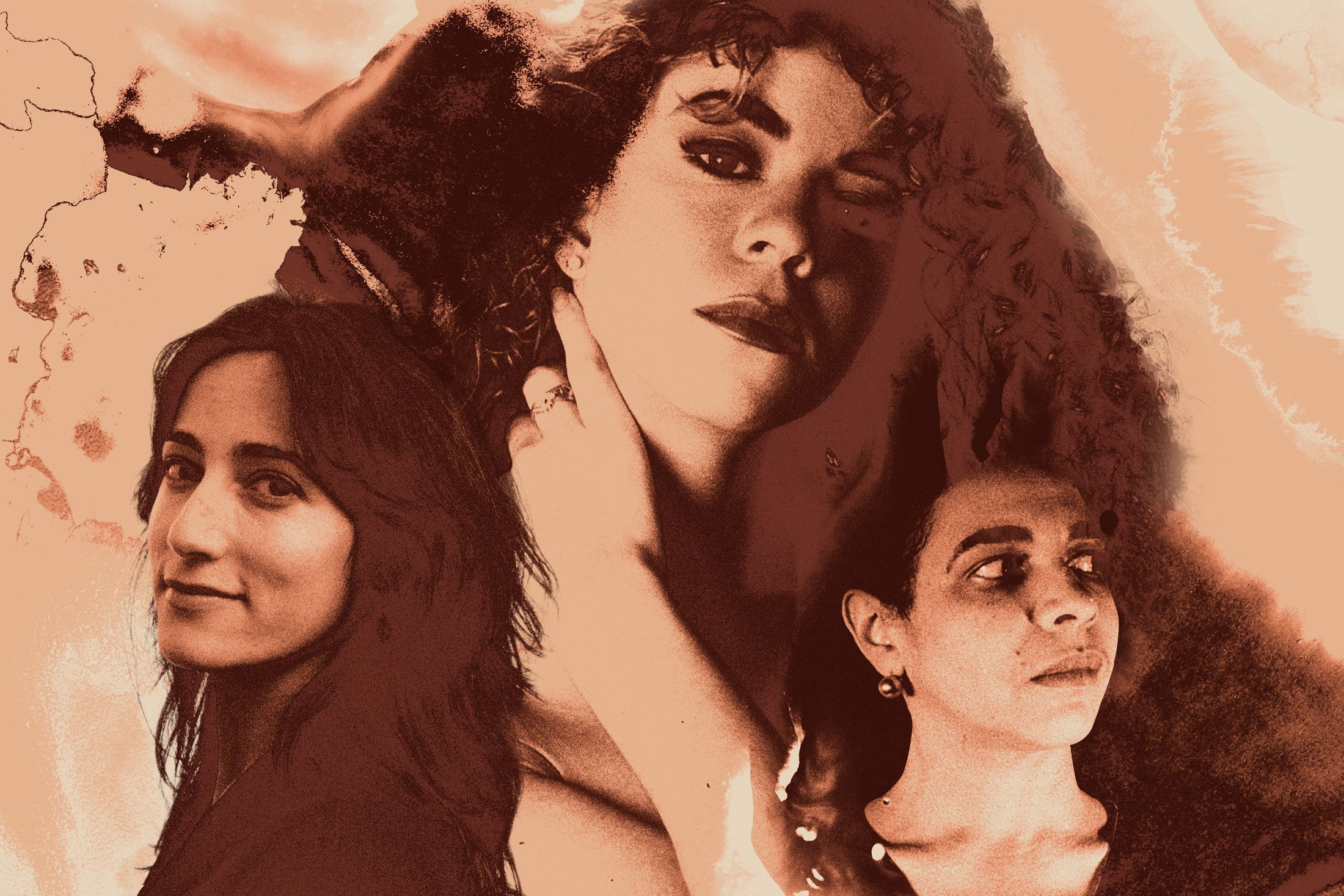The Fiction of the Color LinePosted in Articles, Biography, Literary/Artistic Criticism, Media Archive, Passing, United States, Women on 2021-10-21 01:01Z by Steven |
Vulture
2021-10-18

Black women writers have long used passing stories to crack our façades of race, class, and gender.
Somewhere on Long Island around 1980, a blondish preteen is onstage at summer camp channeling Hodel from Fiddler on the Roof, her confident voice and star power self-evident. Her tawny-skinned father beams from the audience, and as she takes her bow, soaking in the applause, he approaches the stage bearing a hefty bouquet of daisies. He hands her the flowers, their eyes and hearts locking for a beat in shared pride. Then the girl realizes that every other parent, instructor, and child in the auditorium is staring at them. “Not in a way that felt good, not because I had given the outstanding performance of the night,” she would recall decades later. “They were staring because my father was the only Black man in sight, and I belonged to him.” The others had assumed until that moment that Mariah Carey — the girl with the frizzy honey-blonde hair — was white like them.
The Meaning of Mariah Carey, the singer’s delectable memoir co-written with Michaela Angela Davis, a former editor at Essence and Vibe, recalls many such stories. In doing so, it’s in direct conversation with the American literary tradition of novels about passing and passing-capable Black women — stories about the concealment, or the possibility of concealment, of one’s Black parentage and all of the attendant personal and social complexity. Since the late-19th century, writers have used passing as a narrative tool to do everything from encouraging white readers to sympathize with the struggles of Black characters to scrutinizing the hypocrisy of America’s racial hierarchy…
Read the entire article here.



